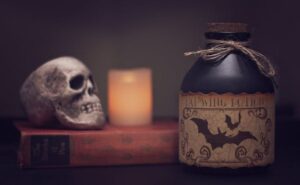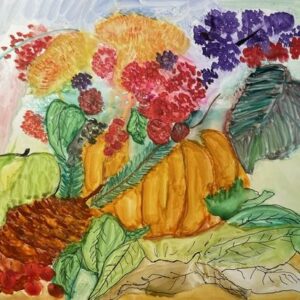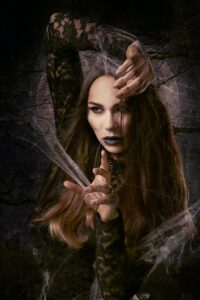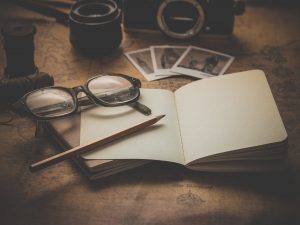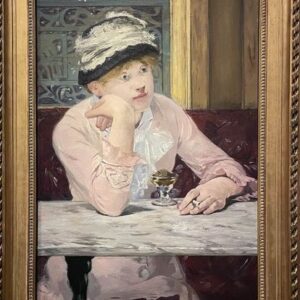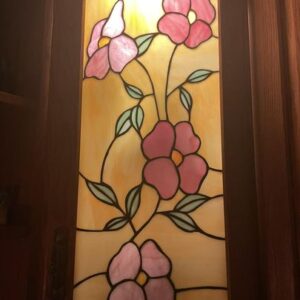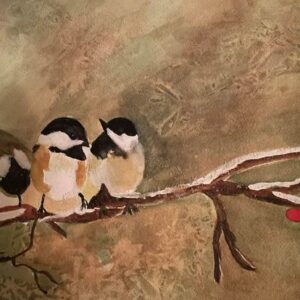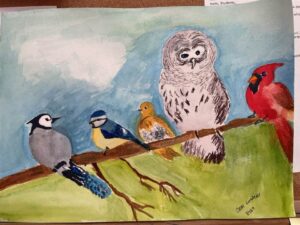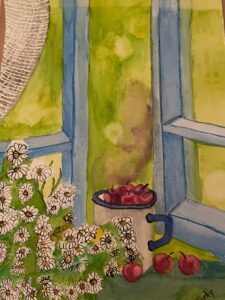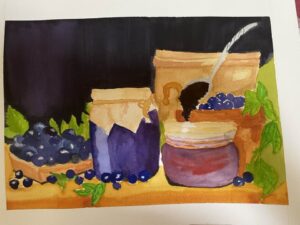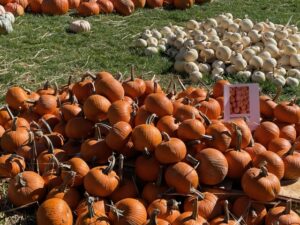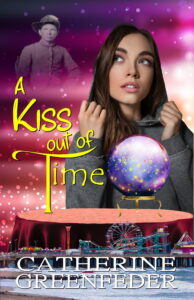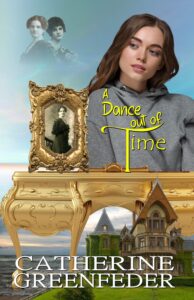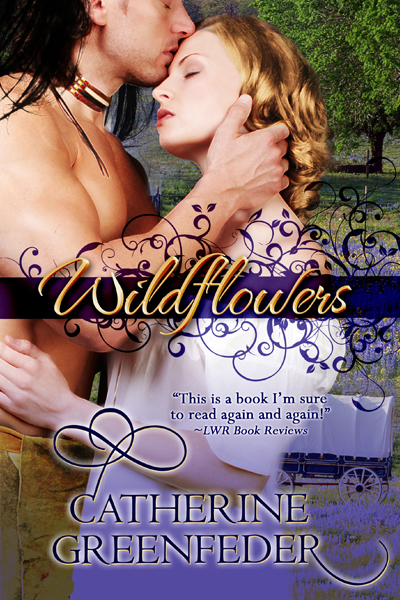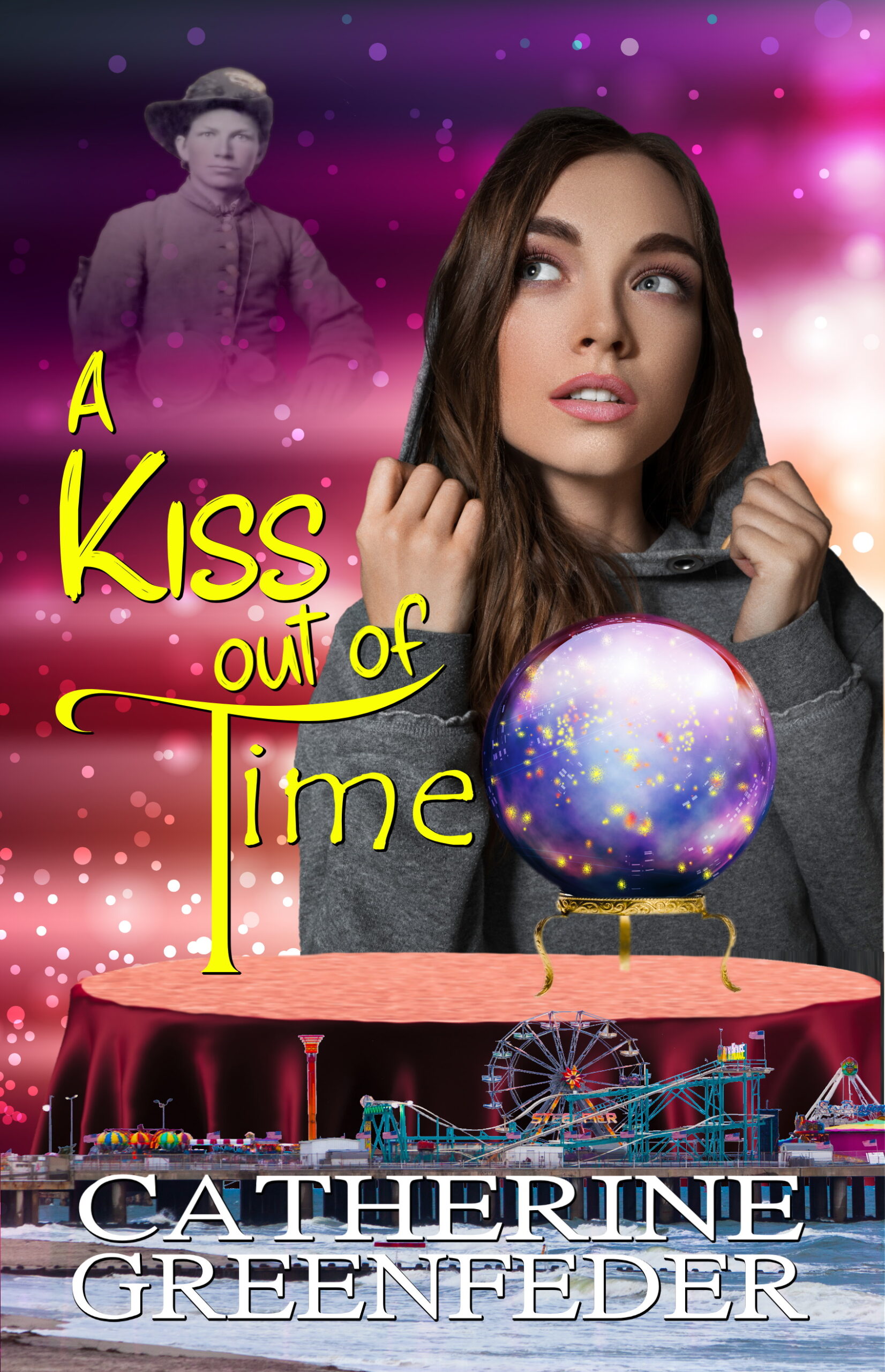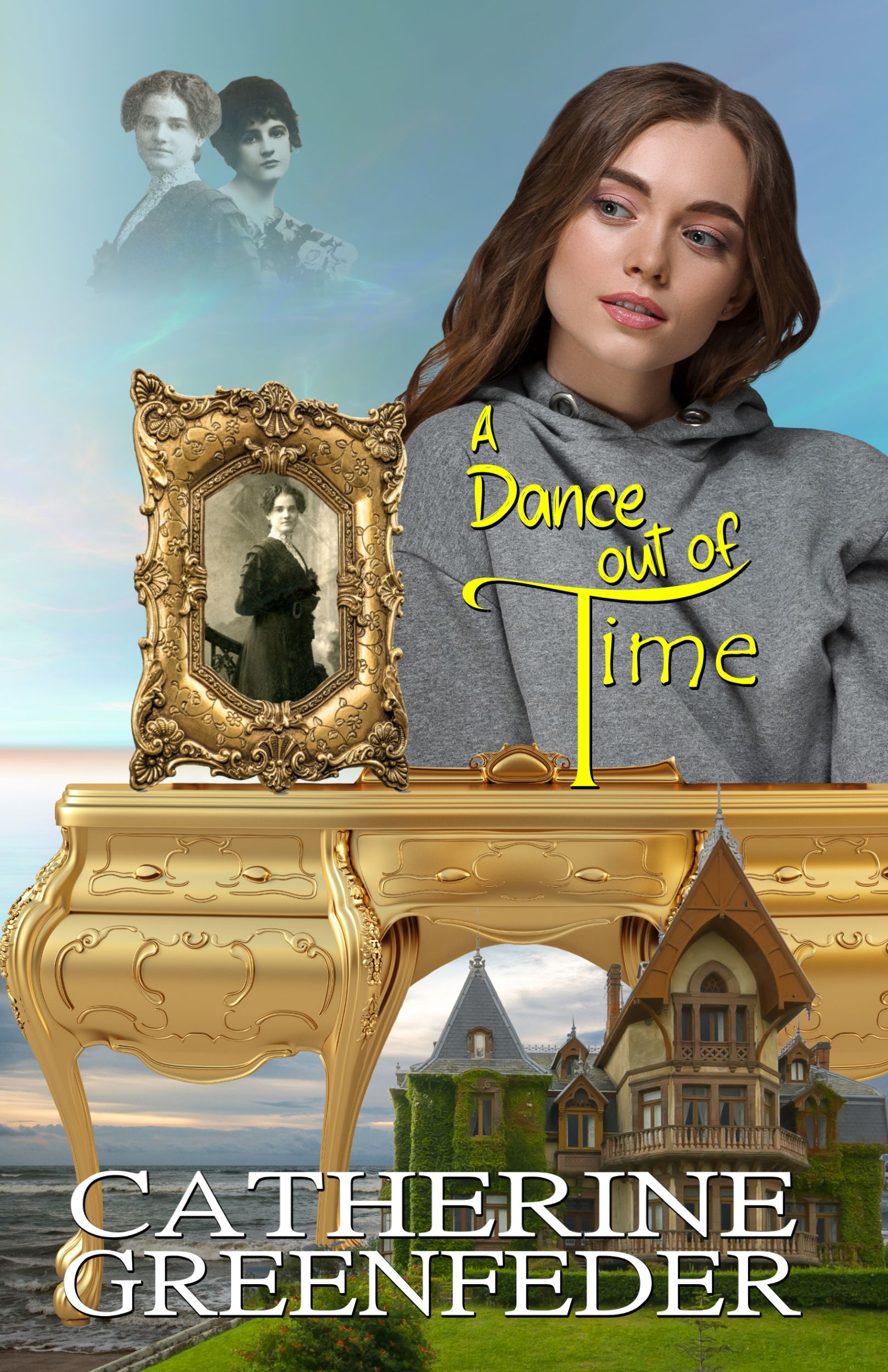Halloween, a Time of Remembrances
The leaves become a patchwork of green, crimson, orange, yellow, and brown; a brisk breeze stirs a few to the ground to be crunched under foot as I traverse through the park with my dog.
Grinning pumpkins line porches, nearby potted mums shimmer gold or orange, and towering plastic skeletons hover over lawns. There’s always that one neighbor who competes for the gaudiest or most gruesome display with several skeletal creatures, some even dressed up or black robed mechanical witches with pointy hats and brooms, and cloth ghosts suspended from the branches of trees.
Night time brings out the vibes of the season. As darkness descends, orange, green, and yellow lights flash on. So does ephemeral music. Electronically created howls, shrieks, cackling, or disembodied whispers break the silence.
Ancient Tradition of All Hallow’s Eve
Halloween, a time of pretending, a time of remembering other times, and a time that has an interesting history, one not far removed from today’s traditions of wearing costumes, trick-or-treating, and telling spooky or horrific stories.
It echoes back to centuries ago with Celtic roots coming from the ancient Irish and Scottish spiritual tradition called Samhain, pronounced sow-win, which for an agricultural society meant to welcome in the harvest and mark the start of the dark days of winter. Generally Samhain is celebrated from October 31 to November 1.
Trick-o-Treating
The tradition of wearing costumes on Halloween comes from the Irish tradition of mumming where participants put on costumes and went door-to-door singing songs of the dead.. There’d been the belief that faeries could play tricks on the unwary so it was best to provide the treat or you might be tricked. Treats were given in the form of cakes, also called soul-cakes which are like cookies. The notion of trick-or-treating stems from these earlier traditions, but today we hand out candy instead of soul cakes, and the tricks which might be played could include smashed pumpkins, toilet paper on one’s lawn, raw eggs thrown, or other nasty tricks.
Pumpkins
Pumpkins are a symbol for Halloween which stems from the earlier Celts. In Ireland, for example, it was common to carve turnips and put candles into them to ward off evil spirits. The legend of Jack-o-Lantern comes from the Irish story of a man named Stingy Jack who tricked the devil. The devil had given Jack a burning coal which Jack put into a carved-up turnip. The Irish called it the Jack O’Lantern, and when both the Irish and the Scottish immigrated to America they brought this tradition with them. However, they switched to pumpkins because it was easier to carve up than a turnip.
Ghosts
In the spiritual tradition of the ancient Celts there is the belief that the barriers between the physical world and the spiritual world break down. The notion of ghostly apparitions and contact with the departed is supposed to be strongest at this time of year. Hence, the use of divination in the form of card reading, seances, and spirit contact of some form.
In earlier times and still today in parts of Great Britain and Ireland, bonfires are lit and there’s the belief of communion with the dead on October 31.
Witches
Wicca, a pagan religion,celebrates Samhain as the passing of the old year and beginning of the new. It is a celebration of the harvest and is considered one of the most important Sabbats for Wicca. A few ways that this is celebrated is by lighting bonfires or candles if you can’t build a bonfire and calling out to the dead, telling stories about departed loved ones or spooky stories, a silent supper with an empty chair left out for the spirit of the departed, and placing apples and pomegranates before the photos of the departed loved ones.
Apples are associated with death, and pomegranates with life. That’s interesting in several ways. We’re often told that an apple a day keeps the doctor away; the apple is considered the forbidden fruit as it represented wisdom in the Book of Genesis and has been given to teachers who impart wisdom. Some mythologies interpret apples as life giving. The pomegranate is considered the fruit of life because of its many seeds, and in ancient Greek mythology it represents eternal life. An interesting connection to Halloween is the use of apples at the party game of bobbing for apples. Candied apples, cider donuts, and apple cider are found at a lot of farm stands and in grocery stores during the autumn season.
Wearing Orange and Black?
The traditional colors worn on Halloween are orange and black. Orange is considered a Fall color and representative of the harvest, and it is the typical color of pumpkins. Black is typically symbolic of darkness and since Halloween celebrations generally commence at night, it has become a symbolic color for Halloween. The color purple, one of my favorite colors, is also symbolic of Halloween as purple represents mystery and magic.
Writing and Halloween
Two of my young adult novels, A Kiss Out of Time and its sequel A Dance Out of Time, are about hauntings in Ocean Grove, New Jersey, a place I love to visit.
My current fiction writing is a young adult paranormal with elements of magic as a teenage witch is learning how to responsibly use her powers in dealing with the trouble makers at school.
Halloween is my favorite holiday for many reasons, not the least of which is the storytelling and the dressing up. I think it goes back to my own Celtic roots.
Happy Halloween! Happy Samhain!
Reference Sources:
https://hero-magazine.com/article/159423/a-witchs-guide-to-celebrating-halloween
https://www.history.com/topics/holidays/samhain
